The Samsung Galaxy J7 Prime is a mid-range smartphone that strikes a balance between affordability and functionality. Released in 2016, it caters to users who seek a reliable device without breaking the bank. While it may not compete with flagship models in terms of raw power or cutting-edge features, it holds its own in everyday performance, design, and battery life. Let’s dive deeper into what this device has to offer.
Design and Build Quality
The Galaxy J7 Prime features a sleek, metal unibody design that gives it a premium feel rarely found in its price range. The 5.5-inch display is framed by slim bezels, making the phone comfortable to hold despite its size. The physical home button doubles as a fingerprint scanner, a feature that was still a rarity in mid-range phones at the time of its release. The rear camera sits flush with the body, avoiding the awkward protrusions seen in some modern smartphones. Weighing 167 grams, it feels solid in the hand without being overly heavy.
Display
Samsung equipped the J7 Prime with a 5.5-inch PLS TFT display boasting a resolution of 1080 x 1920 pixels. The Full HD resolution ensures sharp visuals, with a pixel density of around 401 PPI. Colors are vibrant, though not as rich as what you’d find on Samsung’s AMOLED panels. Outdoor visibility is decent, though glare can be an issue under direct sunlight. The lack of an AMOLED display means deeper blacks and better contrast are missing, but for most users, the screen quality is more than adequate.
Performance and Hardware
Under the hood, the J7 Prime is powered by Samsung’s Exynos 7870 Octa-core processor clocked at 1.6 GHz, paired with 3GB of RAM. While this setup won’t handle heavy gaming or multitasking as smoothly as high-end chipsets, it manages everyday tasks like browsing, social media, and streaming without significant lag. The Mali-T830 MP2 GPU handles casual games well, but graphically intensive titles may require lower settings. Internal storage comes at 16GB or 32GB, expandable via microSD up to 256GB, which is a welcome feature for media-heavy users.
Camera Performance
The rear camera is a 13MP shooter with an f/1.9 aperture, which performs reasonably well in good lighting conditions. Details are crisp, and colors are accurate, though low-light performance is predictably mediocre. The 8MP front-facing camera has a similar aperture and does a decent job for selfies and video calls. The camera app includes basic modes like Pro, Panorama, and HDR, but don’t expect the AI-enhanced features found in newer devices. Video recording maxes out at 1080p at 30fps, which is standard for this segment.
Battery Life
One of the standout features of the J7 Prime is its 3300mAh battery. Combined with the power-efficient Exynos 7870 chipset, the phone easily lasts a full day of moderate to heavy use. Even with consistent browsing, social media, and occasional gaming, reaching bedtime with juice to spare isn’t uncommon. Unfortunately, fast charging isn’t supported, so a full recharge takes around two hours. Still, the endurance makes up for the slower charging speeds.
Software and Features
The device originally launched with Android 6.0 Marshmallow and received an update to Android 8.1 Oreo. Samsung’s TouchWiz UI (now known as One UI) is layered on top, offering additional customization options and features like Samsung Pay (in supported regions). The fingerprint sensor is fast and accurate, and Samsung’s Knox security adds an extra layer of protection. While the software experience isn’t as streamlined as stock Android, it’s functional and packed with useful utilities.
Final Verdict
The Samsung Galaxy J7 Prime is a solid mid-range device that delivers where it counts. Its metal build, reliable battery life, and decent camera make it a practical choice for budget-conscious buyers. While it’s no longer the newest model on the market, it remains a viable option for those seeking a no-frills smartphone that gets the basics right.
Full Specifications:
Display: 5.5-inch PLS TFT, 1080 x 1920 pixels (401 PPI)
Processor: Samsung Exynos 7870 Octa-core (1.6 GHz)
RAM: 3GB
Storage: 16GB/32GB, expandable via microSD (up to 256GB)
Rear Camera: 13MP, f/1.9 aperture, 1080p video
Front Camera: 8MP, f/1.9 aperture
Battery: 3300mAh, non-removable
OS: Android 6.0 Marshmallow (upgradable to 8.1 Oreo)
Connectivity: 4G LTE, Wi-Fi 802.11 b/g/n, Bluetooth 4.1, GPS
Dimensions: 151.7 x 75 x 8 mm
Weight: 167 grams
Other Features: Fingerprint scanner, Samsung Knox, Dual SIM (varies by region)

By /Jun 4, 2025
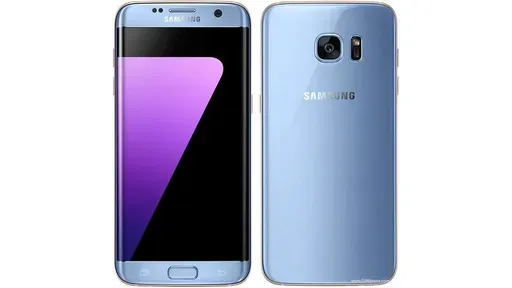
By /Jun 4, 2025

By /Jun 4, 2025
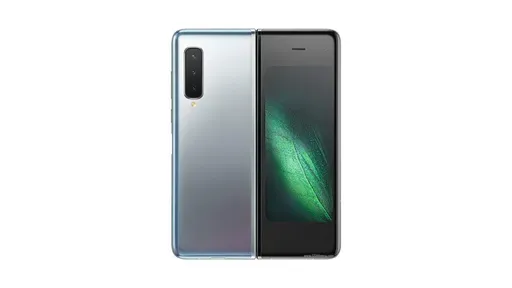
By /Jun 4, 2025
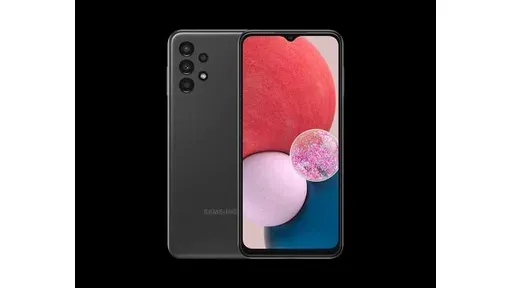
By /Jun 4, 2025

By /Jun 4, 2025

By /Jun 4, 2025
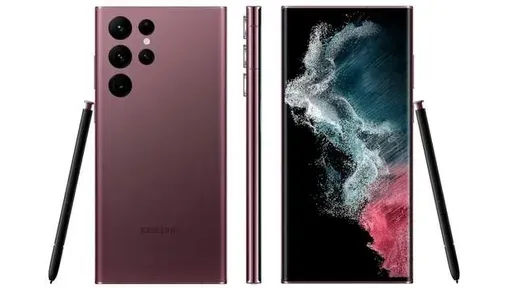
By /Jun 4, 2025

By /Jun 4, 2025

By /Jun 4, 2025
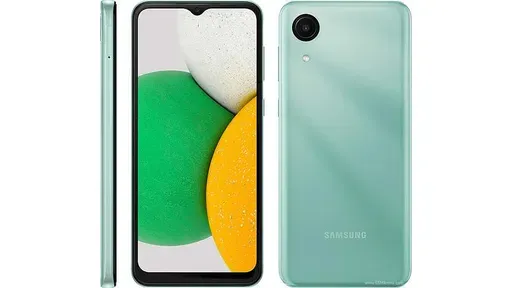
By /Jun 4, 2025
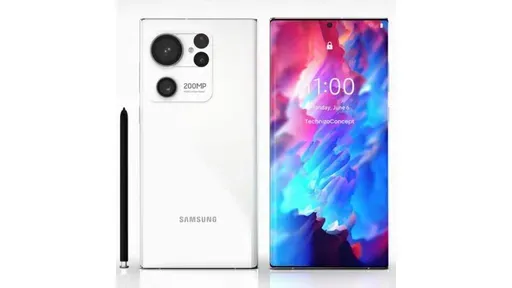
By /Jun 4, 2025
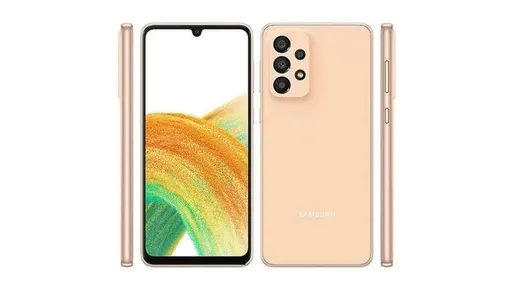
By /Jun 4, 2025
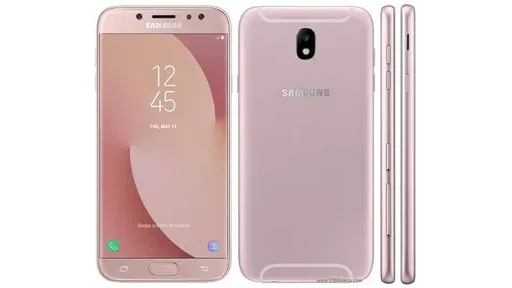
By /Jun 4, 2025
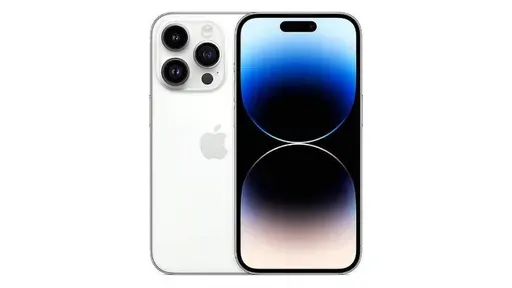
By /Jun 4, 2025
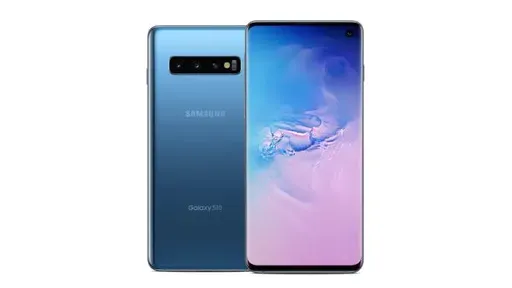
By /Jun 4, 2025

By /Jun 4, 2025
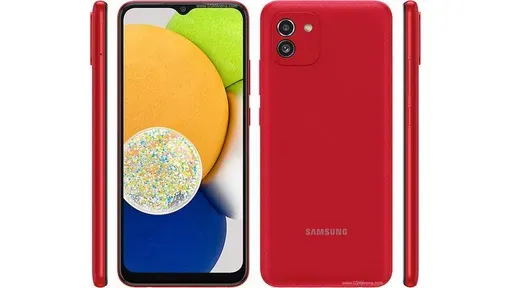
By /Jun 4, 2025

By /Jun 4, 2025
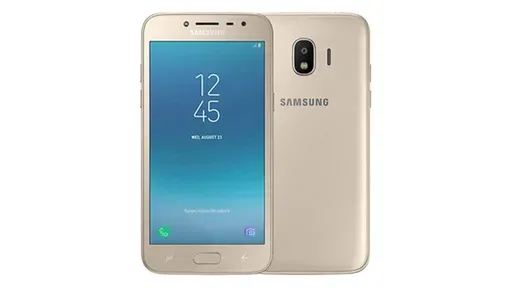
By /Jun 4, 2025

By /Jun 4, 2025

By /Jun 4, 2025
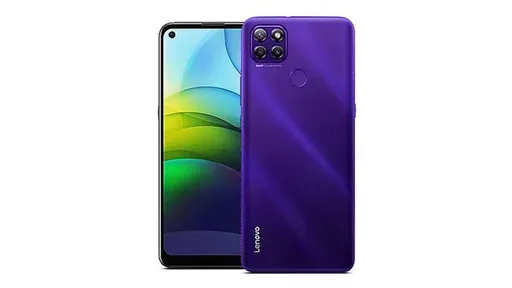
By /Jun 4, 2025

By /Jun 4, 2025

By /Jun 4, 2025

By /Jun 4, 2025

By /Jun 4, 2025
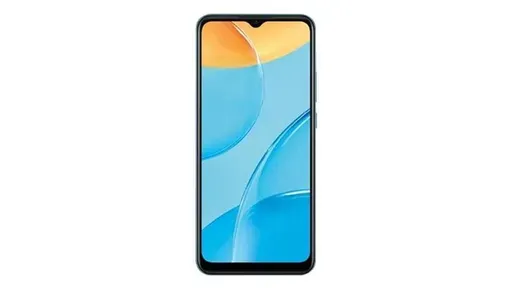
By /Jun 4, 2025

By /Jun 4, 2025

By /Jun 4, 2025
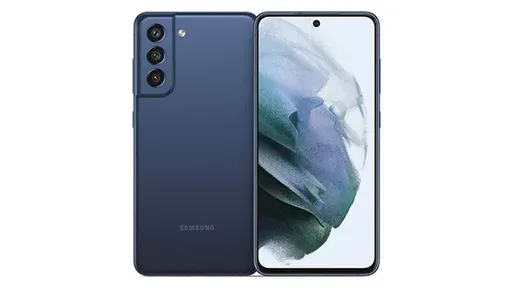
By /Jun 4, 2025

By /Jun 4, 2025

By /Jun 4, 2025

By /Jun 4, 2025
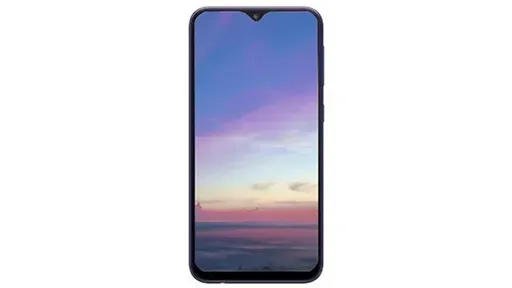
By /Jun 4, 2025